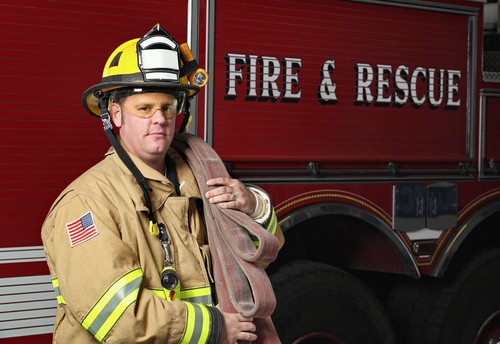Developing a sound theoretical continuity of operations plan is often the first step elected officials take to ensure a municipality's infrastructure can cope with emergency or disaster conditions.
However, regardless of how sound the continuity of operations plan appears on paper, it is of vital importance for municipalities to test the plan under controlled circumstances to check that it will be effective in reality.
Understanding the importance of a test exercise, a mock disaster drill reportedly was undertaken in Fairbanks, Alaska, yesterday. Called the "Alaska Shield 2012 Continuity of Operations Plan," the drill was designed to test the ability of emergency respondents to aid citizens in the event of extreme cold weather.
"Imagine that we have a tremendous amount of snow, and the temperature has dropped out," Ernie Misewicz of the Fairbanks Fire Department told the Fairbanks Daily News-Miner. "Aurora Energy is losing its capability to provide heat, Golden Valley is losing the ability to continue providing electrical, so it’s a cascading effect for this exercise."
As such, 40 people pretended to be injured or stuck under mock pieces of debris in a hypothetical roof collapse scenario at the Fairbanks National Guard Armory. The mock injured participants cried out for help amongst pools of fake blood, creating a scenario of "controlled chaos" according to the article.
Evaluators silently observed to enhance the emergency protocol wherever necessary.
While the Fairbanks disaster drill was well conceived, those municipalities who are not as equipped to cope with emergency circumstances would benefit from deploying the services of a certified disaster consultant. A disaster consultant can tailor a table top exercise to the specifications of an individual municipality and assess points of vulnerability in an existing continuity of operation plan. The consultant can then follow the exercise with an after-action report to suggest any modifications or improvements that would leave a municipality optimally prepared for the disaster conditions their region may experience.

